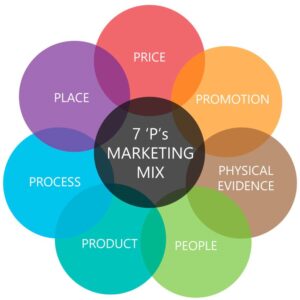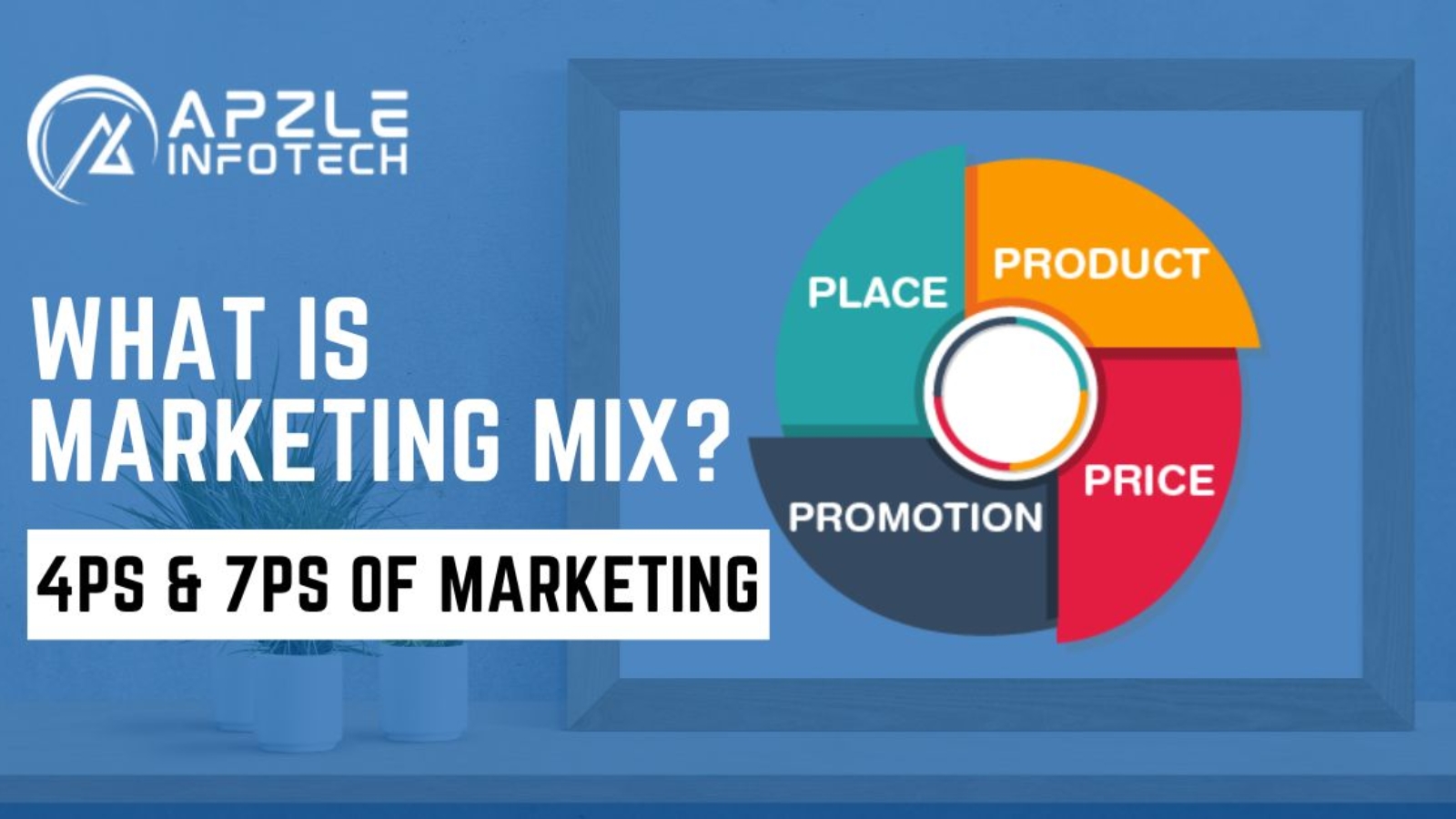Table of Contents
What Is Marketing Mix?
The marketing mix is a versatile framework that helps businesses make great decisions about their marketing strategies. It allows them to change their approach to suit the unique characteristics of their product or service and the specific needs and preferences of their target audience. By carefully considering and balancing these four elements, companies can create effective marketing campaigns and achieve their business objectives.
4Ps Of Marketing
The marketing mix, often referred to as the “4Ps,” is a fundamental framework in marketing that provides the four key elements or components that businesses and organizations consider when developing and implementing marketing strategies. These elements work together to shape a company’s approach to product or service promotion and sales. The four components of the marketing mix are:

Product:
This element refers to the actual product or service that a business offers to its customers. It involves decisions related to the product’s design, features, quality, packaging, branding, and any additional services associated with it. Businesses must create products that meet the needs and wants of their target market while distinguishing themselves from competitors.
Price:
Price refers to the cost that customers pay for the product or service. Pricing decisions are crucial because they directly impact a company’s revenue and profitability. Factors to consider when setting prices include production costs, competitor pricing, customer willingness to pay, and pricing strategies such as discounts, bundling, or premium pricing.
Place:
Place refers to the distribution and availability of the product or service to customers. It involves decisions about where and how customers can purchase or access the offering. Distribution channels may include physical stores, online retail platforms, wholesalers, distributors, or direct sales. The goal is to ensure that the product is conveniently accessible to the target audience.
Promotion:
Promotion refers to all the strategies and tactics used to communicate and promote the product or service to the target market. This includes advertising, public relations, sales promotions, social media marketing, content marketing, and other promotional activities. The aim is to create awareness, generate interest, and persuade customers to purchase or engage with the offering.
7Ps Of Marketing
Certainly! The “7Ps” is an extension of the traditional “4Ps” marketing mix framework. Over time, variations of the marketing mix have been developed to accommodate the unique challenges and considerations of different industries and sectors. For example, in service-oriented industries, an extended marketing mix called the “7Ps” includes additional elements like People, Process, and Physical Evidence to address the unique aspects of service marketing.

People:
This refers to the individuals who are involved in both delivering the service and interacting with customers. In service industries, employees play a crucial role in shaping the customer experience. Their competence, attitude, training, and behavior all influence customer satisfaction.
Process:
Process refers to the procedures, systems, and workflows that a business uses to deliver its service. An efficient and well-defined process can enhance the quality and consistency of service delivery. Businesses need to design, manage, and continually improve their processes to meet customer needs.
Physical Evidence:
Physical evidence refers to the physical environment, branding, and visual elements contribute to customers’ perceptions of the service’s quality and reliability. A well-designed and welcoming physical environment can enhance the overall customer experience.
The 7Ps model is particularly useful for businesses in sectors such as hospitality, healthcare, tourism, and financial services, where the customer experience and the role of employees are central to success. By considering all seven elements, businesses can create a more holistic and customer-centric approach to their marketing and service delivery strategies.
Conclusion
It’s important to note that while traditional marketing principles remain relevant, the digital age has introduced new concepts and strategies. Digital marketing, for instance, includes elements like search engine optimization (SEO), pay-per-click (PPC) advertising, social media marketing, email marketing, and influencer marketing, which may not have direct equivalents in traditional marketing.
Businesses today often integrate both traditional and digital marketing strategies to create a holistic marketing approach that maximizes their reach and engagement with their target audience. Understanding the principles of both traditional and digital marketing is essential for modern marketers to create effective and comprehensive marketing campaigns.


Add a Comment